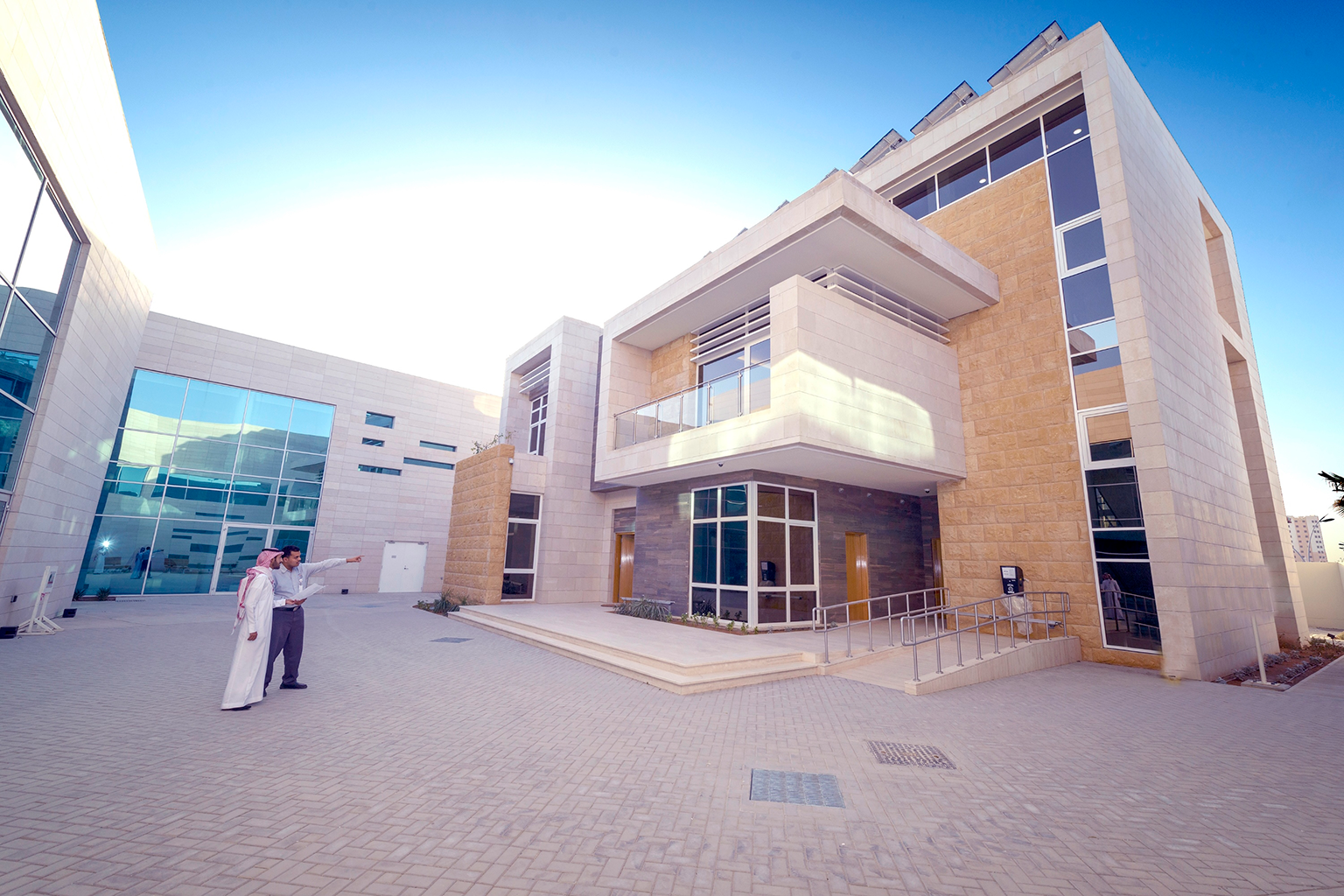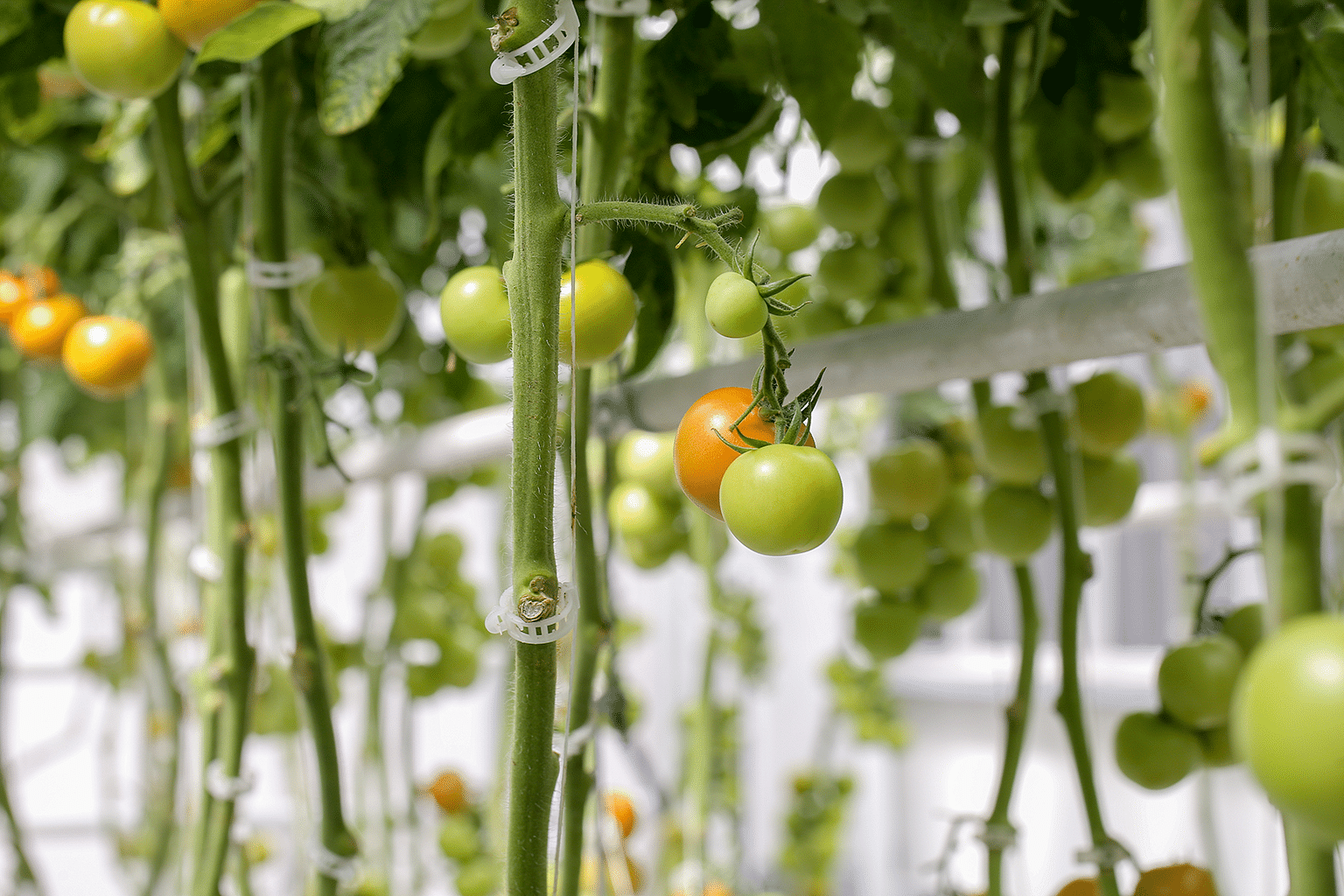While the rapid pace of urbanisation has enabled progress in some areas, it has also given rise to challenges.
According to C40, a network of the world's megacities committed to addressing climate change, cities currently account for two-thirds of the world's energy demand, and over 70 per cent of carbon dioxide (CO2) emissions. The sizeable carbon footprint of cities also impacts air quality, raising growing concerns on the health and well-being of citizens.
With the world at varying stages of recovery from the pandemic and the need to build back better, hundreds of cities have already pledged to get to "net zero", removing as much CO2 as they produce, by 2050.
Urbanisation, therefore, needs to be managed effectively by reducing our carbon footprint, and enabling access to clean air, sufficient quality housing and infrastructure to cope with the population influx.
Enabling sustainable urbanisation
Corporations can play a vital role in creating sustainable cities starting from their own operations and broadening into innovations that leverage scarce resources and reduce pollution.
With global warming being one of the most pressing problems facing the world today, SABIC, a global petrochemicals company, is driving resource efficiency and energy reduction across its operations. It has set ambitious targets to reduce greenhouse intensity by 25 per cent by 2025, using 2010 as the baseline.
At United, one of the company's affiliates in Saudi Arabia, proprietary technology is used to capture up to 500,000 metric tons of carbon dioxide per year from the production of ethylene glycol, an industrial compound used in automotive antifreeze and hydraulic brake fluids.
The plant converts carbon dioxide to feedstock for other products such as chemicals, fertilisers and fuels, instead of releasing CO2 into the atmosphere.
"Addressing global warming and reducing CO2 emissions are the biggest challenges the planet is facing. Rather than viewing carbon as a challenge when emitted, we identified the opportunity to turn it into a valuable resource," said Janardhanan Ramanujalu, vice president and regional head for SABIC South Asia, Australia and New Zealand.

Renewable energy to sustain businesses and society
Enabling renewable energy is also vital as it reduces the dependency on fossil fuels and at the same time, reduces greenhouse gas emissions. The more renewable sources can be utilised, the more sustainable businesses and society can become.
For instance, innovations such as floating solar photovoltaic farms can be built on otherwise unused large water bodies to benefit countries which have competing use of its precious land resources .
SABIC has been collaborating with regional customers to provide raw materials that deliver structural strength, environment stress crack resistance and longevity to support the production of these floating solar panels.
Securing an electric future
With automakers accelerating their shift towards electric vehicles (EVs), innovative material solutions can help optimise the performance of EVs, which are a more environmentally-friendly mode of transportation.
While conventional battery pack designs typically utilise traditional materials such as aluminum and other metals, SABIC has developed a plastic-intensive EV battery pack concept that can potentially realise 30 to 50 percent weight savings per component. This simplifies the assembly process, reduces costs and improves safety.
Earlier this year, SABIC, and chemicals companies BASF and Linde announced a collaboration to develop the world's first electrically heated steam cracker furnace. By utilising electricity from renewable sources, the technology has the potential to reduce CO2 emissions by as much as 90 percent.
Developing sustainable housing
The growth in a low-carbon solutions in the building and construction space has been further reinforced by consumer demand, the pursuit of innovation, as well as emissions commitments from governments.
The choice of building materials and techniques can contribute meaningfully towards the development of more energy and resource efficient buildings and structures.
To help architects and builders achieve this, the company has developed lightweight and energy-efficient building materials for use in areas such as thermal insulation, ultra-violet protection, lighting, soundproofing, water storage and delivery, and sealing and protection.
The potential of these materials, coupled with the latest innovations in alternative energy, is showcased at SABIC's Home of Innovation, a demonstration house situated in the middle of the Saudi Arabian desert, operating on a net-zero energy balance and the smallest energy footprint possible.
It has become the first single-family home in the Middle East to earn Platinum certification under the U.S. Green Building Council's Leadership in Energy & Environmental Design (LEED).
The structural design of the highly insulated building, along with the use of solar panels, a solar hot water system and technologies that yield net zero energy use, allow a projection of nearly 40 percent less energy and water consumption.
Energy use and water heating is controlled by a computer-based building management system that gives real-time tracking, precise control and immediate response to demand changes. This showcases how innovative technologies, materials, products and systems can holistically come together to improve building performance.

Feeding billions through greener innovations
In addition to housing, feeding the world's rising populations, the bulk of whom live in cities, is critical.
According to the United Nations' Department of Economic and Social Affairs, the world's population will likely rise from 7.7 billion in 2019 to 9.7 billion in 2050 - an increase of two billion people in 30 years.
SABIC, a significant player in the agri-nutrients industry that supplies global customers with agri-nutrient products, is well positioned to contribute towards the sustainable increase in food sources.
Some of these innovations include the world's first certified biodegradable polymer coated, controlled-release urea fertiliser to deliver synchronised nutrition at the time and rate required by growing crops. An environmentally-friendly option, it also minimises the loss of nutrients to the environment.
The company has also successfully completed commercial trials for the market's first granular soluble nitrogen-phosphorus-potassium, or NPK. NPK is added to crops via irrigation water, maximising nutrient management, crop health and yields.
The process can help save manpower by eliminating the application of traditional granulated fertilisers to crops, providing farmers with sustainable, cost-efficient and water-efficient nutrient input resulting in higher crop yields.
Strong collaborations needed to realise positive change
Cities remain engines of economic growth providing employment and distinct opportunities for poverty eradication.
Sustainable urbanisation, however, needs to take into account effective carbon management, the provision of adequate food supplies and sustainable building infrastructure in order to safeguard livelihoods, support quality of life and enable long-term growth, even as populations continue to surge.
"Meeting the ambitious climate change and sustainability goals is not only urgent but needs greater collaboration between governments, industry, communities and consumers.
"Such collaborations pave the way for comprehensive and sustainable solutions which enable effective implementation," concluded Ramanujalu.


